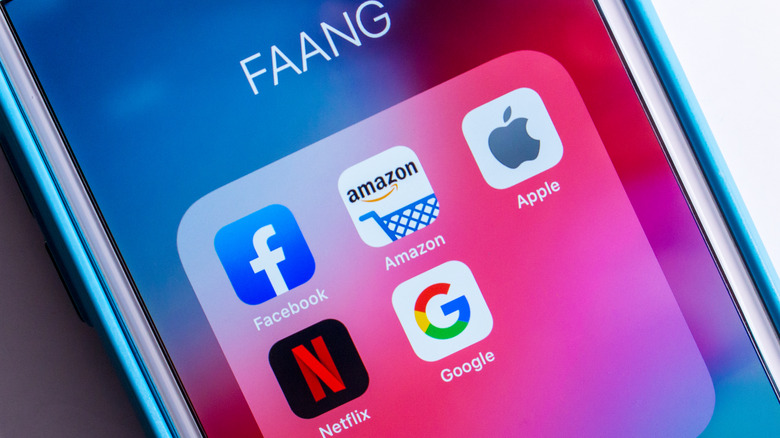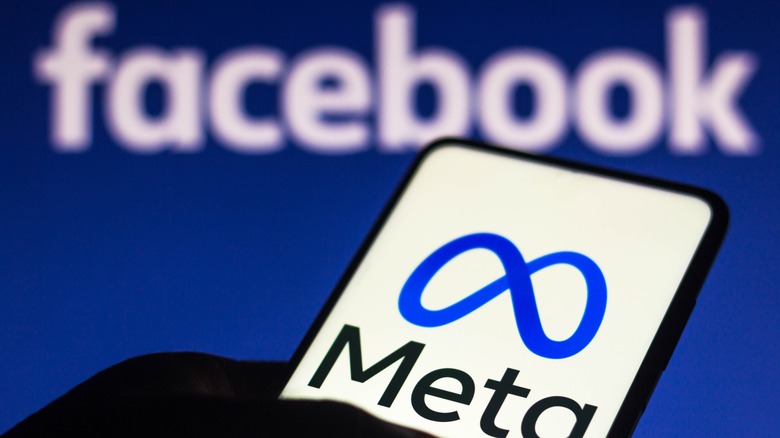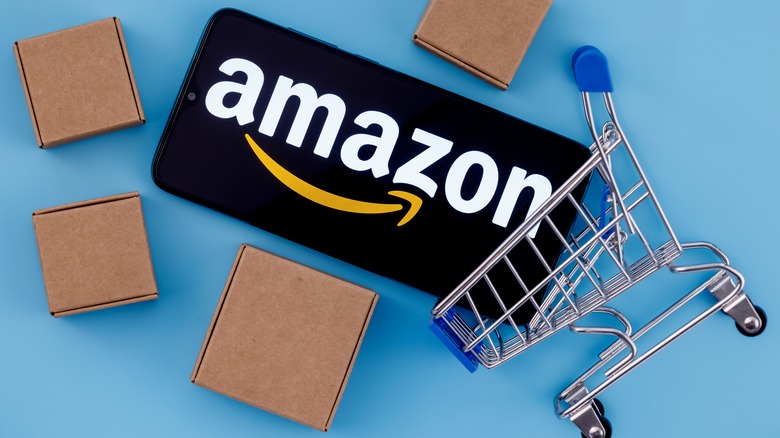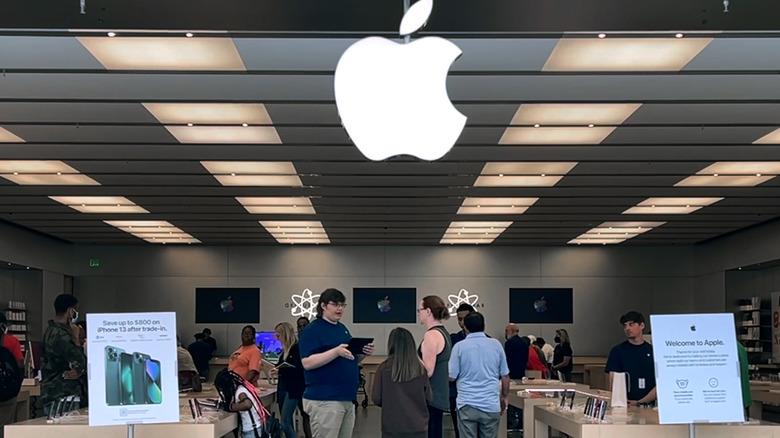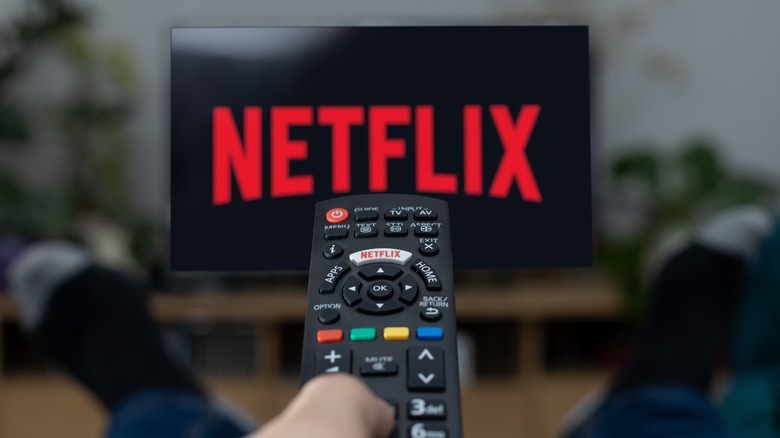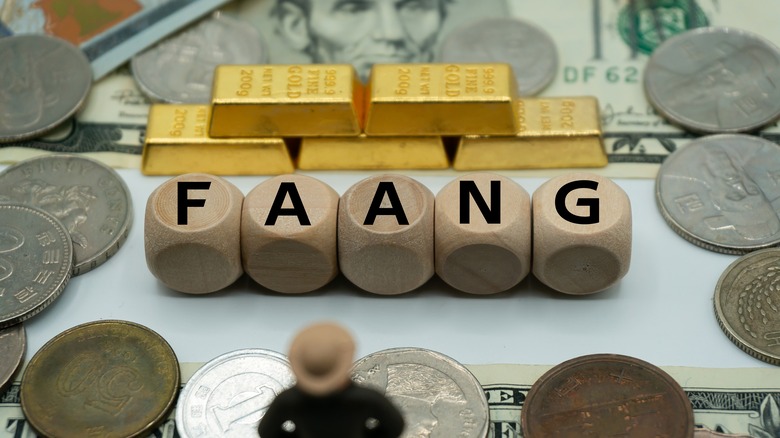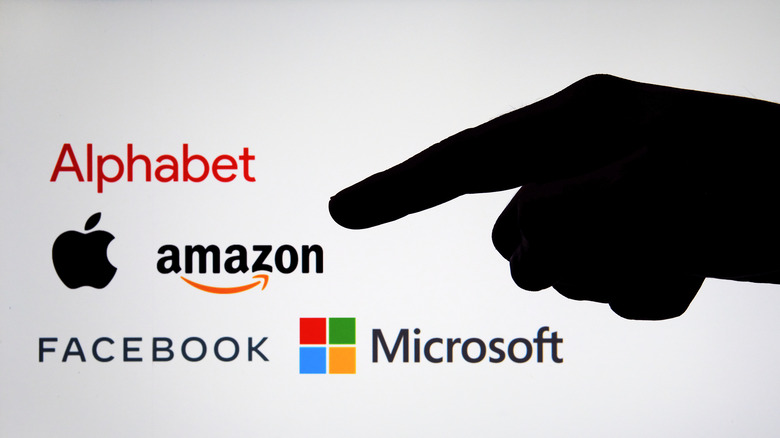FAANG Stocks: Important Facts You Need To Know
Many investors are intimately familiar with the catchall term FAANG. This is an acronym standing in for the five largest tech companies listed on the stock market: Facebook, Amazon, Apple, Netflix, and Google. These brands have become household names in a short space of time, and the youngest — Facebook (founded in 2004) — grew at such a rapid pace that the platform supports almost three billion active monthly users globally.
There is something significant going on in the market when it comes to FAANG stocks. These brands are some of the most well-known names in global industry, and they provide services and products that range from somewhat basic to highly complex. Amazon, for instance, provides both essential products to consumers around the world (with same-day or next-day delivery in many instances), as well as data analytics and web hosting for small and gigantic businesses alike.
These brands have become so large as a result of continuous innovation and their shifting models of reaching the needs of customers of all sizes and types. Many investors swear by their portfolios of FAANG-dominated holdings, but there's more to know than just what can be seen on the surface. Of course, each of these brands provides unique staying power as investment commodities, and they make life simpler for the modern consumer. Yet, there's more to the story when it comes to the stock market and its unique FAANG component.
FAANG companies make up an astonishing 15% of the S&P 500
The first thing that's crucial to learn when approaching FAANG companies in the stock market is the fact that these five brands account for 15% of the S&P 500's total marketplace makeup. With Microsoft included, that figure rises to 19.4%, according to Prospector Partners. What this means for everyday investors is that FAANG stocks are essentially unavoidable. These five businesses compete with virtually every other technology company on the planet and they have their claws very deeply in markets and sectors that range across nearly all aspects of business itself.
Business Insider reports that Jim Cramer is generally attributed with creating this acronym to encompass four of the five brands in 2013 (with Apple left out until 2017). In his mind, these four — and later five — businesses with the largest technology brands in the marketplace and each showed enormous growth potential as industrial players at the forefront of their respective areas.
Still today, all five of these brands enjoy huge market share individually and collectively. They can be used to successfully provide long-term growth and stability to virtually any stock market portfolio that an investor may build.
Facebook (now Meta): Social media immersion
Facebook (now Meta) has been a top social media platform for essentially as long as the term has existed. After the success of Myspace began dwindling, Facebook started to emerge as a clear front runner in digital social networking. With its origins documented in film and print, the Facebook story is widely known, beginning as a Harvard-centric digital social space in 2004. Statista reports that Facebook supports almost three billion active monthly users, and all the posting, sharing, and commentary that comes along with such a vibrant digital community.
Facebook has purchased a number of assets as well, expanding its reach beyond simple social networking. Digital messaging app WhatsApp has been owned by Facebook since 2014, and photo-centric social network Instagram since 2012. Facebook friends play an enormous role in the connectivity and social experience of billions of people worldwide. However, the business is also a crucial strategic resource for other businesses both large and small, largely due to its advertising business.
With a 2% share of the S&P 500's total value, the Meta umbrella brand touches on so many nuanced components of routine life that it can be hard to remember a time when it was simply a digital platform that facilitated connections with friends.
Amazon: A global marketplace for things
Amazon commands a 3.3% share of the S&P 500, making it another brand that is virtually inescapable. Almost 200 million people use Amazon for their shopping needs every month, and the number of Amazon Prime memberships in the U.S. alone is around 150 million. One unique feature driving Amazon's amazing success is the way that it treats ideas. Amazon has always worked to remain an innovator in its field. At its most basic, Amazon was an online bookstore in its infancy and has grown to encompass literally billions of products from the simplest paperback book to some of the most obscure items that anyone could imagine.
More recently, Amazon has been involved in the production of television and movie media, web hosting, and even direct publication of literature. Sports fans will also note that Amazon analytics are used across many professional broadcasting environments to provide commentators with unique and real-time data points surrounding player performance and team dynamics.
Perhaps one thing that sets Amazon apart from others that are lumped together here is its founder's penchant for space exploration — placing him in the company of other corporate innovators like Elon Musk and Richard Branson, as well as the other FAANG players. Even though Jeff Bezos' Blue Origin remains a separate entity, his personal overlap provides an interesting avenue for investors and consumers alike to consider.
Apple: Electronics and then some
Apple is one of the most well-known brands of consumer electronics on the planet — maybe even the best known. Apple commands 3.5% of the S&P 500, sitting as the second-largest among this group of companies behind only Google (in its two distinct share classes). GlobalData reports that Apple's net profit margin in 2021 was nearly 24% higher than the previous year and ended enjoyed in a net income jump in 2021 of 64.9%. Apple is perhaps the king of profit maintenance, and this is evident in its enormous market share.
Apple competes with Microsoft directly when it comes to personal computer technology, but outside of laptops and desktop models, the businesses depart and important ways. Apple is the creator of the iconic iPhone, which has continued to bring in record sales for the company year after year. The sales of iPhone devices alone account for over two billion dollars in gross income for the brand each year (since 2015).
Apple was added in 2017 to the FAANG club because of its shift into cloud technologies, storage, and the subscription model services that come along with these products.
Netflix: The cutting edge of media streaming and visual content
Netflix is an interesting brand included in this list of massive industry players. The company has commanded as much as 0.5% of the S&P 500's total value, but this isn't the whole story.
Netflix was founded in 1997 as a subscription service competitor akin to a digital version of Blockbuster. For many years the Netflix model involved physical compact discs sent through the mail. Netflix began streaming in 2007, launching a totally new means of watching video content for the consumer world. Today, Netflix is the preeminent streaming service in nearly every market. Innovative video services aren't the only claim to fame that Netflix can lean on though; in addition to the support of a platform that can stream thousands of unique titles, Netflix also develops and produces video content that rivals long-running established networks. These Netflix originals have become a staple component of its brand.
Google: A brand seeking an answer to everything
Google is the most important search engine in the world. The site handles between roughly 80% and 90% of all Internet searches globally. This trend has continued for more than 10 years. Google is most well-known for its search engine, but the brand has expanded into a variety of other areas as well. Some of its most notable acquisitions in recent years have been Motorola in 2012, Nest in 2014, YouTube in 2005, Waze in 2007, and HTC in 2017. Google also owned the cutting-edge robotics firm Boston Dynamics but sold it to SoftBank in 2017.
Google seemingly has its hands in just about every cookie jar in the consumer marketplace. Even as the company has rapidly grown into the favorite search engine for people all across the world, Google's value extends beyond its position as a consumer assistance platform. Google provides a crucial service for businesses looking to create exposure to local markets and eCommerce arenas alike.
Google commands more than 6% of the S&P 500 across its two stock classifications (GOOG and GOOGL). The brand is at the leading edge of innovation in basically anything you might think of in the world of technology, placing it at the forefront of the modern business and consumer worlds.
Many investors rely on FAANG holdings to provide lasting stability
FAANG Stocks have always been a major winner in the portfolios of long-hold investors. Each brand represents a market leader in its own way, making each of the five companies worth at least a serious look by any investor. FAANG companies represent a crucial component of the U.S. and global economy, noting that on the whole, these remain excellent investments no matter what the market is doing in the short term.
However, Money also suggests that investors thinking of increasing their holdings in these brands (or investing in them for the first time) take the time to understand each of these companies as individual brands rather than as a part of some larger whole. While they are often lumped together in this designation, each of the five companies is a unique beast that should be evaluated on market fundamentals, financial data, and its unique positioning in the marketplace that it serves. No two brands are the same and even as these five companies continue to dominate market share and total value in the S&P 500, they're all unique businesses that face their own challenges, enjoy their own merits, and perform core functionality in their own ways.
It is difficult to escape the gravitational pull that any one of these brands individually creates in the marketplace, let alone the whole set. So many investors rely on all five to provide long-term stability in a constantly shifting market.
FAANG companies have seen stunted growth as of late
The market has experienced shocks in recent months, and FAANG stocks are no different. The last few financial quarters have been immensely challenging for tech stocks more broadly, and these brands are seeing significant challenges as a result. For one thing, technology companies rely on a highly nuanced supply chain and stability across many different nodes of the global marketplace to support their operations. Microchip production issues in Taiwan — the largest producer of these critical components, according to the New York Times — continue to hamper the production of consumer electronics, cloud computing service expansion, and much more.
Because of the nature of globalization, supply chain issues or a dip in sales are magnified in comparison to smaller businesses. This makes losses among these enormous companies stand out more dramatically for viewers.
Emerging Markets Review reports that investor sentiment can play a significant role in swaying short-term stock pricing, and even the momentum of the larger marketplace in certain instances. As a result, perceived trouble among these massive brands can induce a snowball effect of sorts that continues to apply downward pressure on each of their individual stock prices. Over the long term, business fundamentals and a righting of the global economic ship, so to speak, will ultimately draw these and other brands back toward baseline pricing figures.
A new FAANG model?
One unique idea that's been floated lately is the concept of a new FAANG model. Oil Price suggested the replacement of this acronym with a new version dubbed FAANG 2.0: It would encompass Fuels, Aerospace and Defense, Agriculture, Nuclear and renewables, and Gold, metals, and minerals. Oil Price suggests that the market is seeing a substantial shift that is likely to continue over the long term. In this change, it is argued that the energy sector is emerging as a new top dog, especially as information technology brands flounder.
Financhill suggests a different take on the matter. Instead of a new sector becoming the predominant driver of pricing and growth, the outlet considers a new vanguard of technology players that will emerge as industry innovators and leaders. These brands include Square (now Block), Sea Limited, Snowflake, MercadoLibre, Coinbase, Upstart, and Affirm.
Outlets everywhere are voicing their opinions on the potential for a new FAANG model. What this type of posturing really comes down to is an understanding of what the FAANG stocks have always offered investors. These are brands that have experienced lasting growth as a result of their innovation in their own direct field and beyond. Investors looking for the next big thing need to spend some time thinking about where they believe future growth may be lying in wait.
